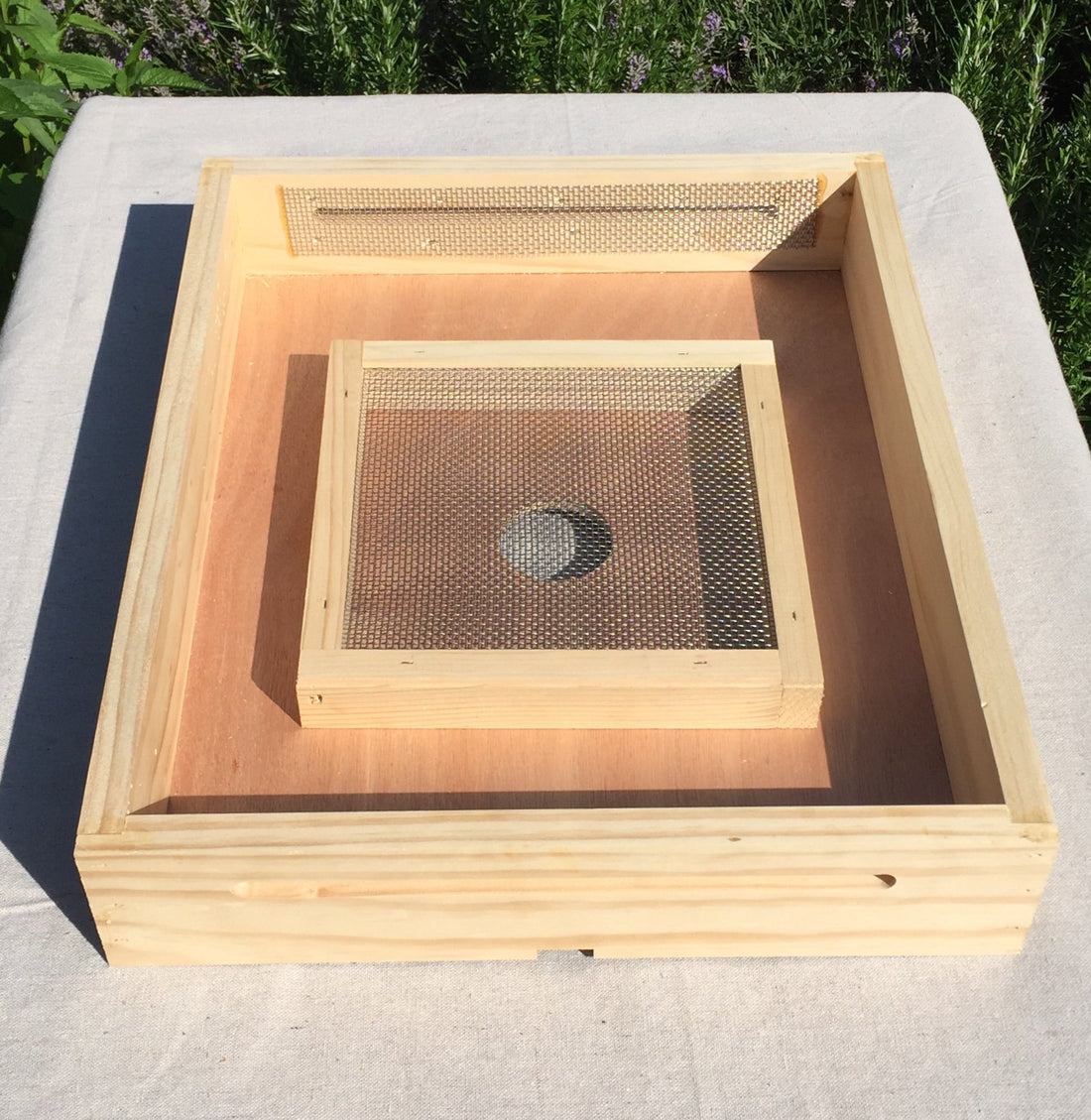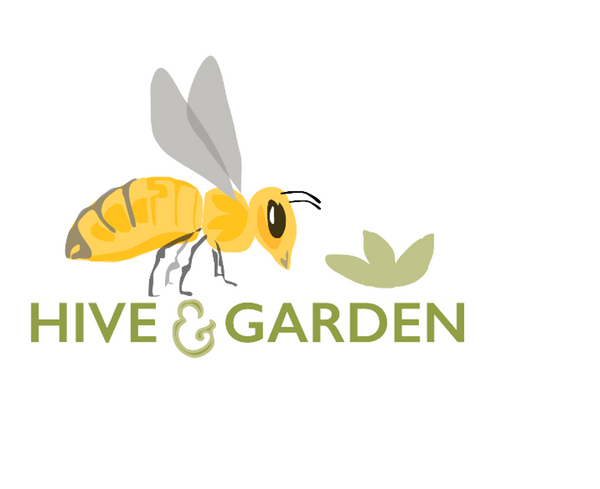
Vivaldi Board™️ Primer: Part One
Share
Since we introduced the first Vivaldi Board ™️, it has gained wide acceptance, but there is more utility to this product than many users realize. This 3-part blog will review the attributes of the Vivaldi Board™ by talking about the motivation behind the initial Vivaldi Board™️ development, the ongoing improvements we have made since it was introduced, and our latest developments in the pipeline.
Motivation: Most part time Langstroth beekeepers have a two stage lid: the inner cover and outer cover (also called telescoping cover).
Inner Cover: Colonies normally treat the inner cover of their hive as their “roof” by sealing it shut with propolis, which is why a hive tool is needed to remove it. If it is a good inner cover, its top side is relatively tall, allowing you to flip it upside down to give a little room for management tasks such as mite treatment, feeding with a pollen patty or fondant. You might even have room to put a little insulation up there, or at least a moisture wick. But the inner cover's size severely limits it in all these functions.
Our first version of Vivaldi Board™ was more or less a tall inner cover with some ventilation slots. But after a couple of seasons, we realized that, although bees loved the space, they often died up there for various reasons. So we added a screened frame to limit their movement within the Vivaldi Board™, but we soon discovered this modest addition hugely enhanced its management scope.
It is this combination of the board and the screen which makes the Vivaldi Board™ such a powerful tool for feeding, ventilation, moisture management and temperature regulation. We will be discussing these in the next two blogs.
